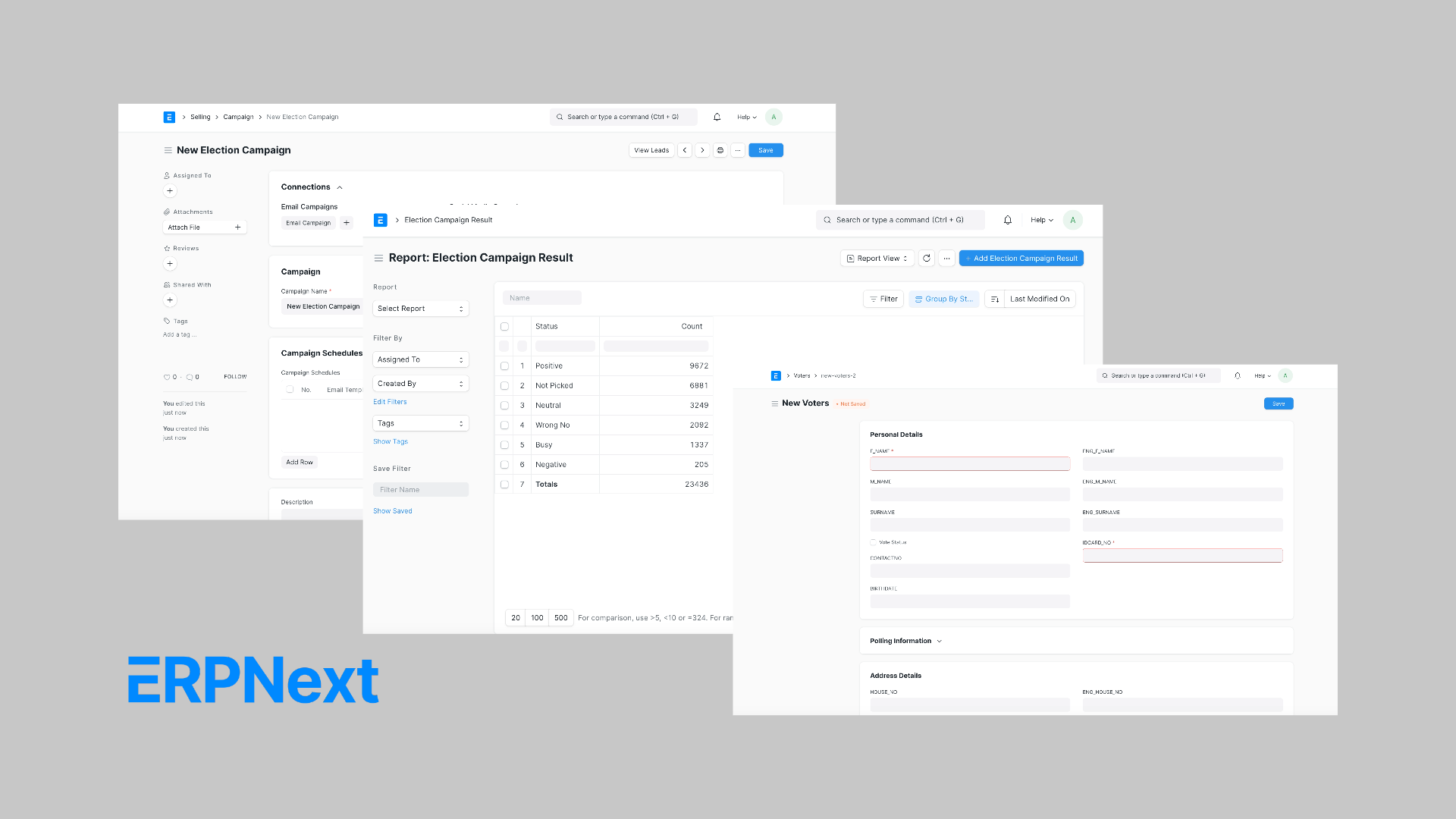Implementing an Enterprise Resource Planning (ERP) system can be a transformative step for organizations, promising streamlined processes and improved efficiency. However, many ERP implementations fail to deliver their intended benefits, often leading to significant financial losses and operational disruptions. Understanding the common reasons for these failures can help businesses navigate the complexities of ERP implementation more effectively. Here are some key factors that contribute to ERP implementation failures:
1. Insufficient Understanding of Requirements
One of the most critical reasons ERP implementations fail is a lack of clarity regarding system and business requirements. Organizations often invest in ERP systems without fully understanding their operational needs, leading to misaligned expectations and ineffective solutions. Engaging stakeholders early in the process to gather comprehensive requirements is essential for a successful implementation.
2. Lack of Leadership Commitment
Successful ERP implementations require strong commitment from leadership. Without active support from top management, projects may lack direction and motivation, resulting in resistance among employees. Leadership must not only endorse the project but also actively participate in its execution, fostering a culture of collaboration and commitment.
3. Inadequate Planning and Resource Allocation
Poor planning is a common pitfall in ERP implementations. Organizations often underestimate the complexity of the project, leading to inadequate resource allocation, unrealistic timelines, and budget overruns. A detailed project plan that accounts for all phases of implementation, including testing and training, is essential for success.
4. User Adoption Challenges
Employee resistance to change is a significant barrier to successful ERP implementation. If users are not adequately trained or engaged in the process, they may struggle to adopt the new system, resulting in underutilization and frustration. Providing comprehensive training and involving users in the implementation process can help mitigate these challenges.
5. Data Migration Issues
Transferring data from legacy systems to a new ERP can be fraught with challenges. Inaccurate or incomplete data migration can lead to operational disruptions, errors in reporting, and a lack of trust in the new system. Organizations must prioritize data cleansing and validation during the migration process to ensure data integrity.
6. Lack of Change Management
Effective change management is crucial for guiding organizations through the transition to a new ERP system. Without a structured approach to managing change, organizations may face confusion, resistance, and low morale among employees. Implementing a change management strategy that includes communication, training, and support can facilitate smoother transitions.
7. Inadequate Testing
Insufficient testing before going live can result in undetected bugs and functionality gaps that disrupt business operations. Comprehensive testing is essential to ensure that the system meets requirements and functions as intended. Organizations should allocate sufficient time for testing and involve end-users in this process.
8. Unrealistic Expectations
Organizations often enter ERP implementations with unrealistic expectations regarding timelines, costs, and benefits. When reality falls short of these expectations, stakeholders may lose confidence in the project’s viability. Setting realistic goals and maintaining open communication about progress can help manage expectations.
9. Exclusion of Key Stakeholders
Failing to involve critical users and managers in the implementation process can lead to gaps in knowledge transfer and ownership. Their insights are vital for defining requirements and ensuring that the system meets user needs. Engaging stakeholders throughout the project fosters buy-in and enhances overall success.
10. Flawed Software Selection
Choosing an ERP solution that does not align with business processes or lacks necessary features can doom an implementation from the start. Organizations must conduct thorough research and select software that fits their specific needs while considering future scalability.
Conclusion
ERP implementations can be complex endeavors requiring careful planning, strong leadership, effective change management, and thorough testing. By understanding the common reasons for failure, organizations can take proactive steps to mitigate risks and increase their chances of successful implementation. Investing time in planning, engaging stakeholders, and setting realistic expectations will ultimately lead to more successful ERP deployments that drive business efficiency and growth. This article serves as a guide for organizations looking to implement ERP systems effectively while avoiding common pitfalls associated with failed implementations. By learning from past mistakes, businesses can pave the way for successful digital transformation initiatives that enhance their operational capabilities.


